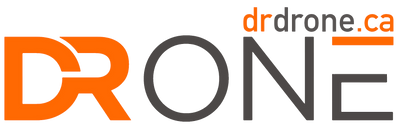Lossless Zoom Capabilities:
ANAFI USA's optical unit design allows for impressive lossless zoom capabilities. It achieves 5x lossless zoom in 4K-UHD (3840x2160 px), 10x lossless zoom in Full HD (1920x1080 px), and 15x lossless zoom in HD (1280x720 px). Even at 27x zoom, ANAFI USA maintains image quality comparable to DVD resolution (720x480 px).
Angular Resolution and Discernable Details:
ANAFI USA's telephoto lens provides an excellent angular resolution of 0.004°, enabling users to discern small details at significant distances. At a distance of 1,500 m (about 0.93 miles), users can distinguish objects as small as 10 cm (about 4 inches), and at 150 m (about 164 yards), details as small as 1 cm (about 0.4 inches) are discernable.
Optical Unit Manufacturing: Active Alignment:
The assembly of ANAFI USA's optical unit and sensor utilizes an active alignment technique. A robotic arm precisely positions and holds the optical block in place, achieving optimal performance in various aspects:
Ensuring desired focus at a set temperature (23 °C +/- 2 °C) and maintaining resolution specifications across the scene.
Positioning the optical block to maintain uniform resolution in yaw, roll, and pitch, especially at the image edges.
Aligning the sensor with the optical block axis for optimal performance at the center of the image.
Aligning the optical center with the sensor center within a tolerance of +/- 20 pixels or 22 micrometers.
To guarantee image quality specifications, the factory performs image calibration on each optical unit. The optical unit's internal memory stores essential information such as optical center, dead pixel mapping, lens shading mapping (luminance and color), and white balance, ensuring consistent and accurate image quality.



